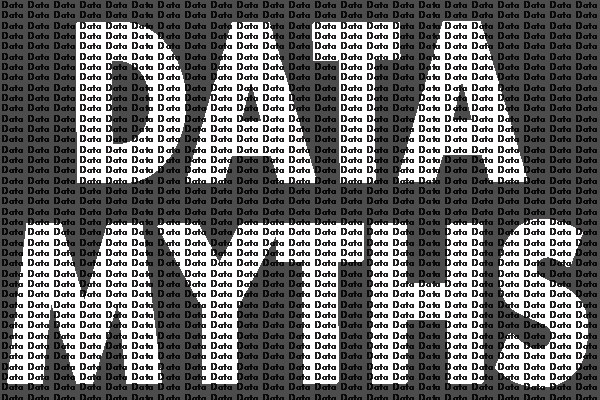
The digital landscape is inundated with ads. The sheer range of choice means agencies are being pressured to ensure they reach target audiences effectively, whilst publishers fight for audience attention. Bigger audiences do not just mean more ad impressions, they also provide the opportunity to gather more data, helping to pinpoint advertisers’ target audiences more effectively.
The opportunity on both sides is immense. For advertisers data can reduce wastage and drive better outcomes. For publishers, data usage is a chance to improve yield, offering the evidence that their inventory will work better than those lacking the same level of audience data.
Yet myths remain about the role and relevancy of data in an age of automation. Let me debunk a few of them:
“I only need first-party data.”
Marketers often feel that all they need is their own first-party data, such as CRM, transactional or location data. Often there is just not enough of this data to build meaningful segments and marketers have to perform lookalike modeling to obtain scale. The less first-party data they have the harder it will be to find people who match the profile of buyers. The addition of high quality third-party data allows marketers to look for other criteria that help drive a sale, making it possible to extend the reach of campaigns. There is also the issue of scale and growing a customer base. Is a brand only ever going to target and re-target its existing customers or those who have visited their site? Third-party data adds scale and reach when used in conjunction with first-party data.
“Buying inventory programmatically is all I need. Data does not matter.”
Programmatic buying has automated the formerly tedious ad buying process. In about 150 milliseconds, the bidding for an ad has been completed and the relevant creative has been served to the page ready for download. There is an element of machine learning, so campaigns can be optimised based on user behaviour, which many believe leads to an immediate uplift in sales. It makes little difference, of course, if the wrong audience is targeted in the first place. You need audience data to ensure you ads appear in the right place, delivering the right message to the right user at the right time.
“Cookies mean zero privacy.”
Many consumers fear cookies are passing on personal information to advertisers. Surprisingly, some marketers share this belief, even though most cookies are anonymised. They allow content to be personalised and for behaviour to be tracked. Brands use them to learn more about their users’ favourite content by tracking cookies, and to ensure that the same ad does not keep appearing. Cookies are rarely used to collect identifiable data, such as names, phone numbers and email addresses.
Still, the privacy myth continues and it is vital that marketers ensure their data usage is transparent to audiences. Increasingly, for example, publishers are asking for consent to use cookies, through website pop-ups.
“The more data I have, the better.”
More is not always best. For marketers, a large amount of data is beneficial in understanding your target audiences, but only if you have the resources to collect, process and house it all. They need to consider which data makes the most sense for their campaigns. Publicis CEO Maurice Levy made an interesting point at the Business Insider’s Ignition 2015 conference. He compared the mass of data to an oil field, saying: “Owning the oil field is not as important as owning the refinery”. The same applies to data. You need a ‘refinery’ to extract the real value from it. Unprocessed data is largely useless.
“I have a budget for digital advertising, so that alone is targeting.”
Having budget for digital advertising does not equate to targeting. Without a proper data strategy in place for your campaign, you might not be able to zoom into your exact target user. While setting aside budget for digital ads is a move in the right direction, marketers also need to define what percentage of their ad spend goes into actual targeting.
“As a publisher, I should collect every single bit of data.”
For publishers, capturing every morsel of data about your visitors can be hugely counterproductive. Enthusiasm and budgets will quickly wane as you attempt to set-up, manage and analyse the huge number of datasets, most of which add little value to your advertisers. Budgets will be exhausted long before you see any payback on the data you have collected.
A more pragmatic approach is to utilise a marketplace to test the data that you are capturing. You can review your data in the context of your competitors and the regional marketplace, then start defining which data segments you need to support the open market, add to your private sales and extend your internal knowledge base.
For many advertisers switching budget to digital is seen as a move to effective targeting. It is a step in the right direction, but data is needed to deliver the best outcomes.
Imagine if your competitor is choosing inventory that matches tightly defined set of criteria, driven by a mix of highly relevant data sources. If you work to a looser definition of your target audience you wish being locked out of inventory that will deliver your best results. To borrow Maurice Levy’s analogy, it is like buying the oil field but deciding the refining process is too expensive to consider.